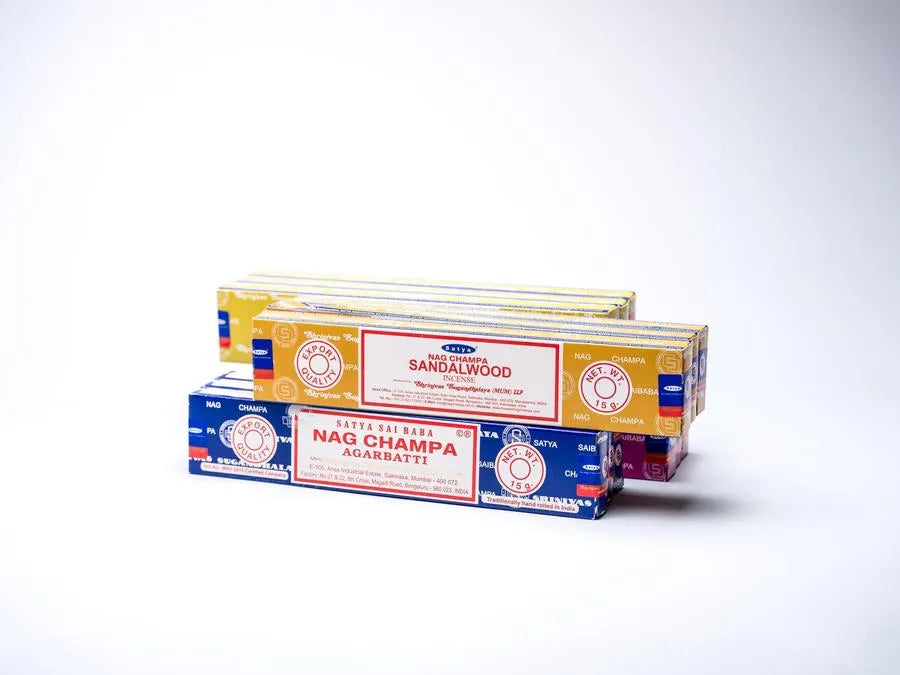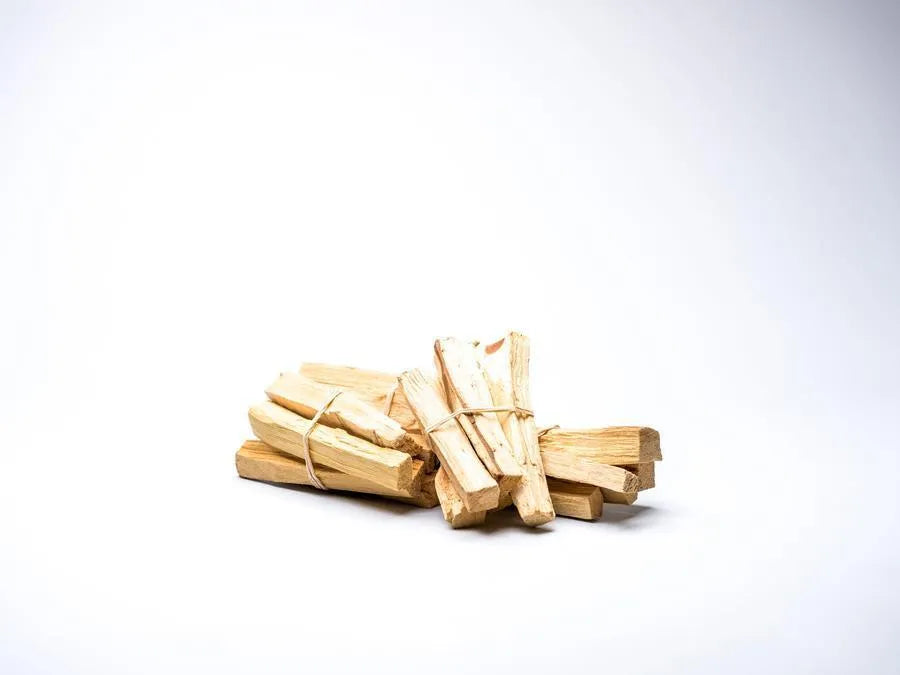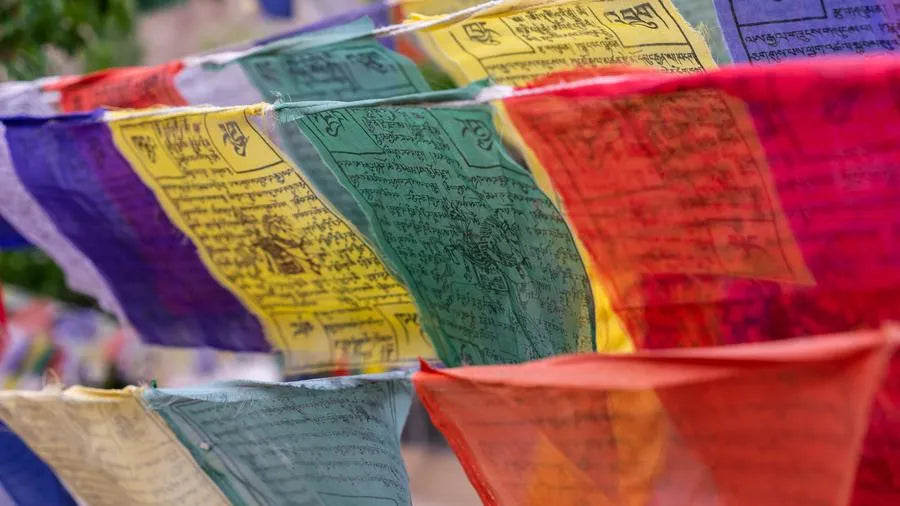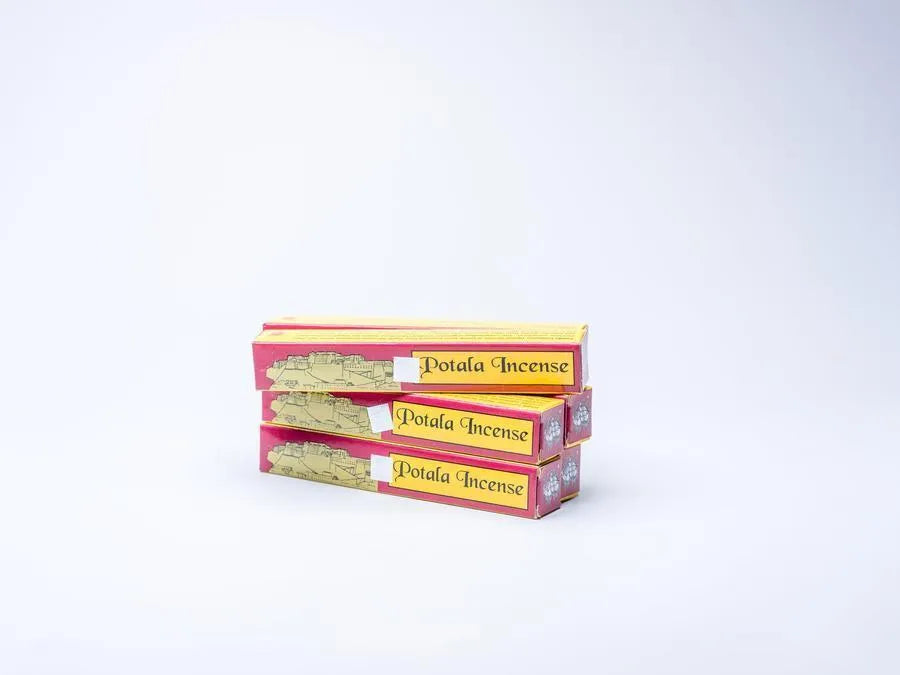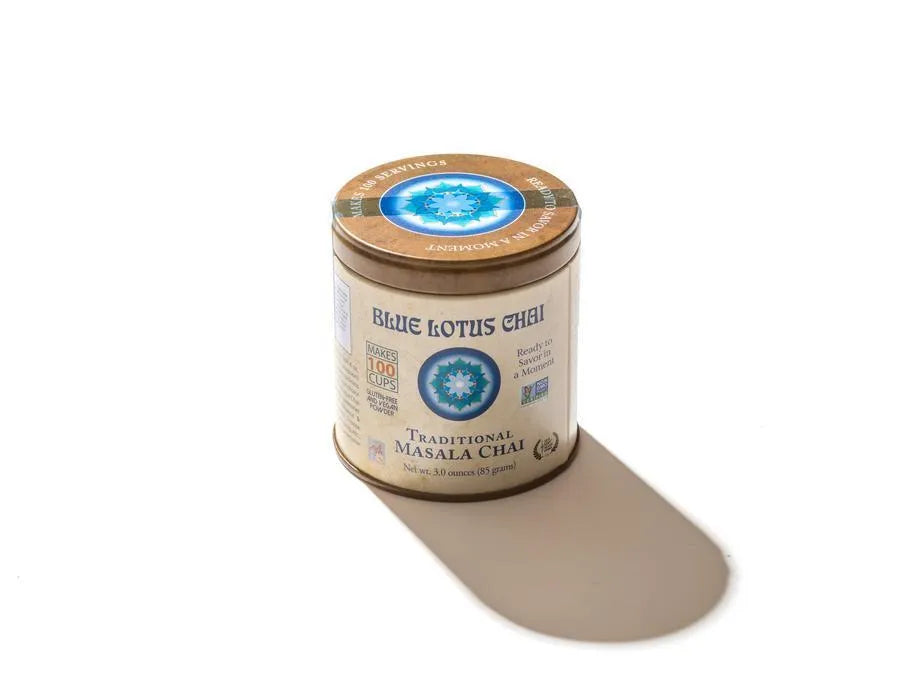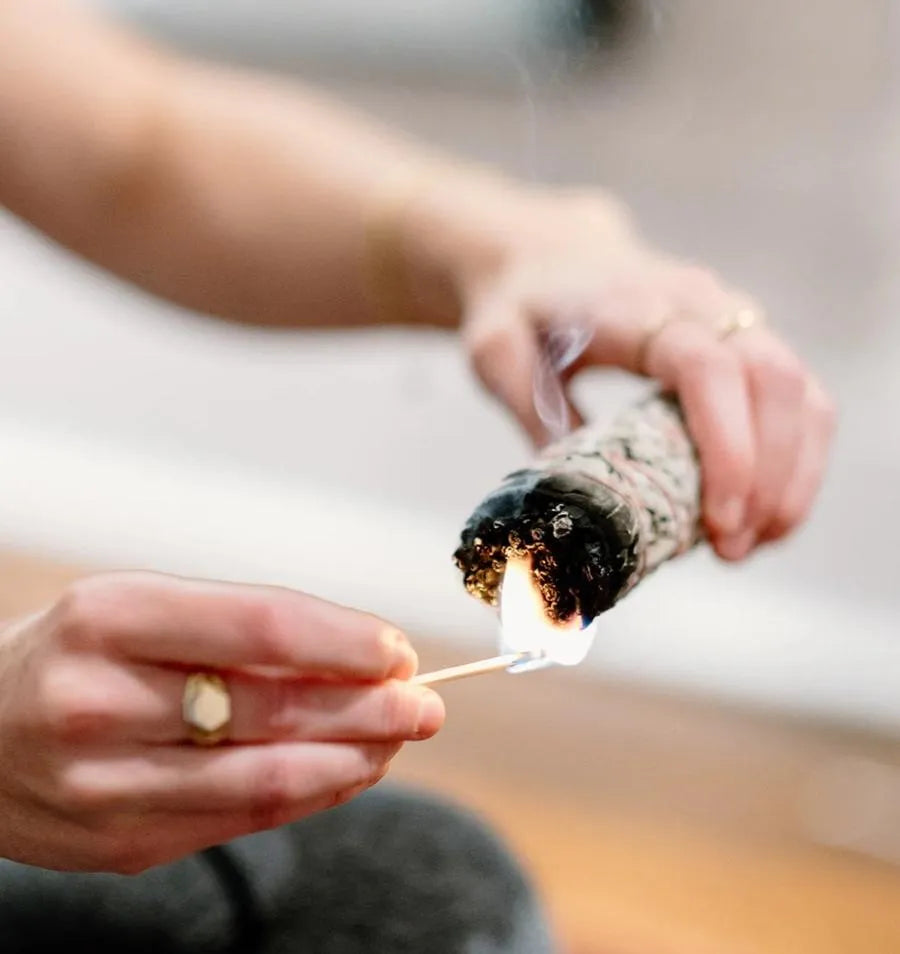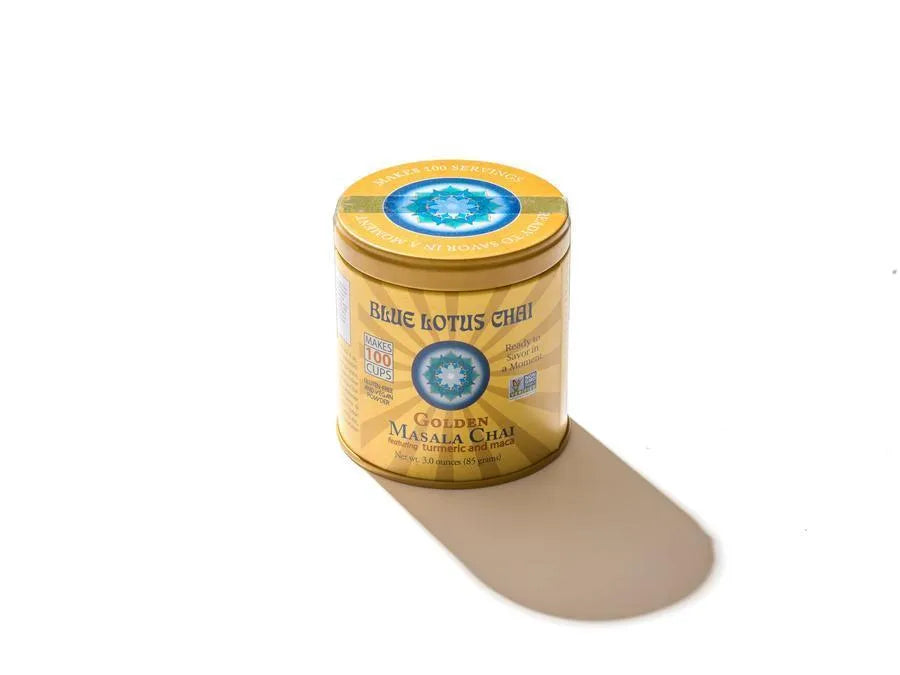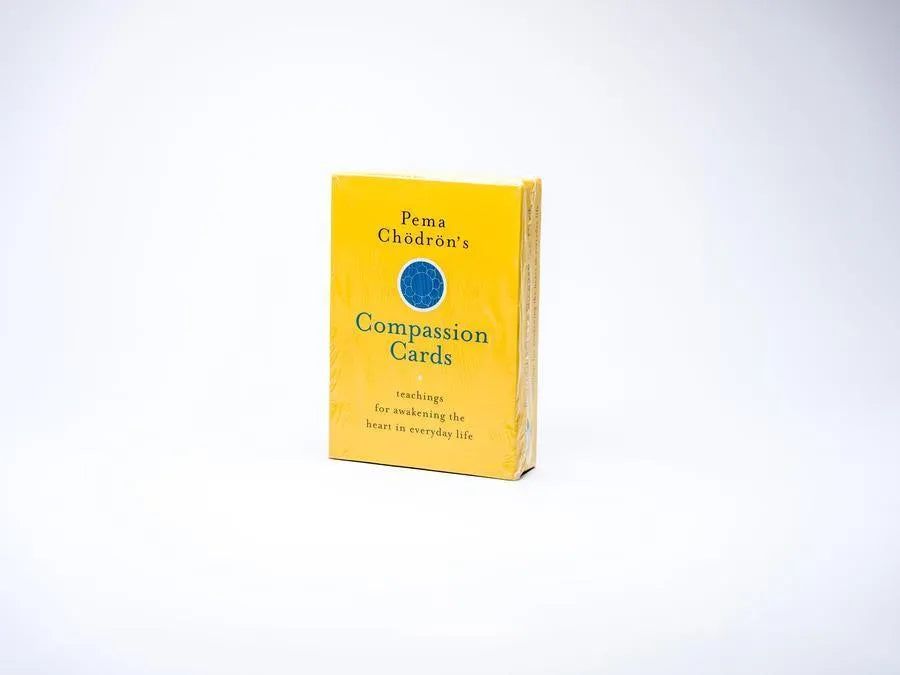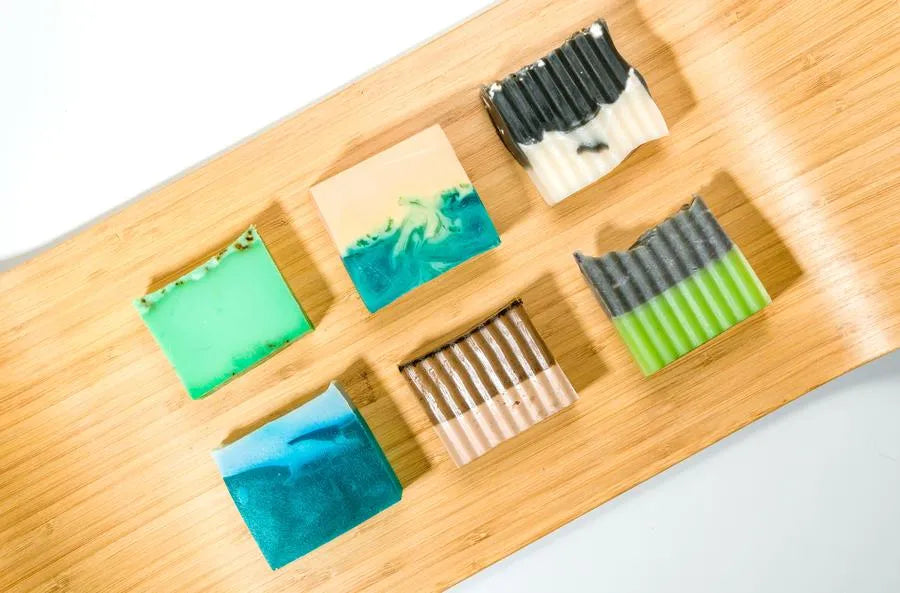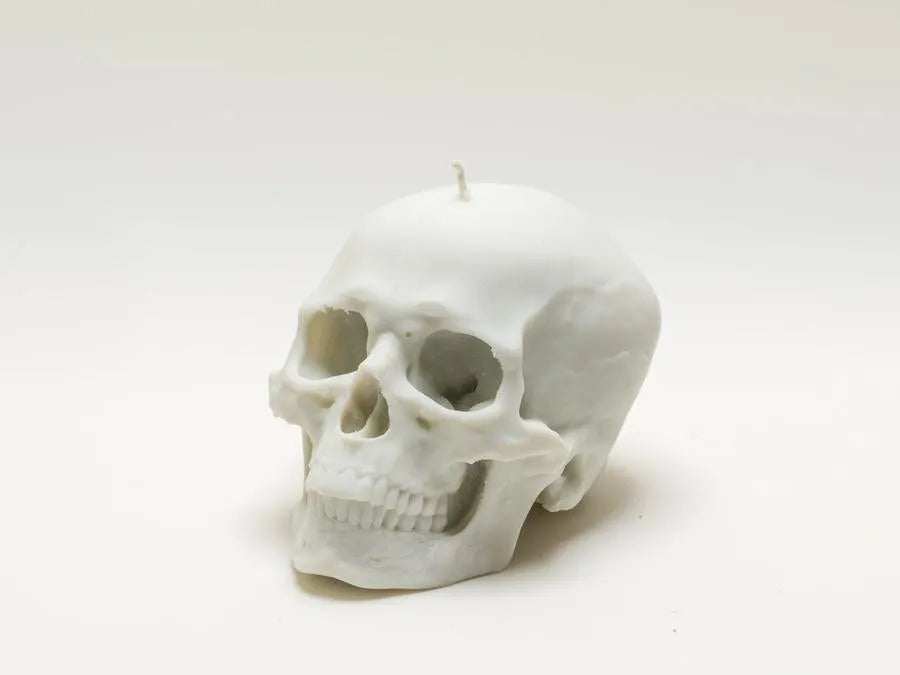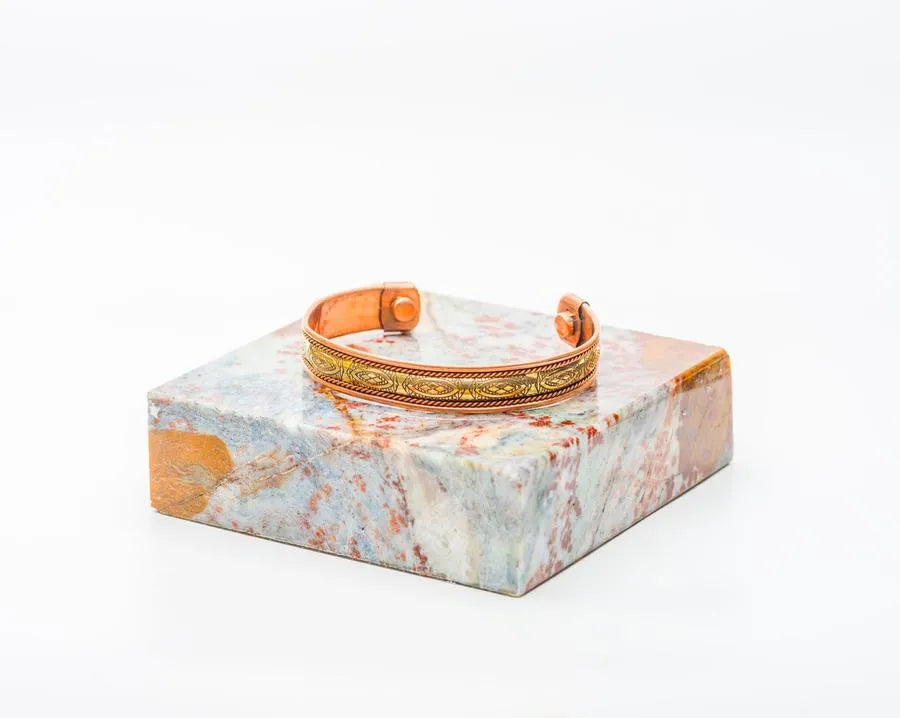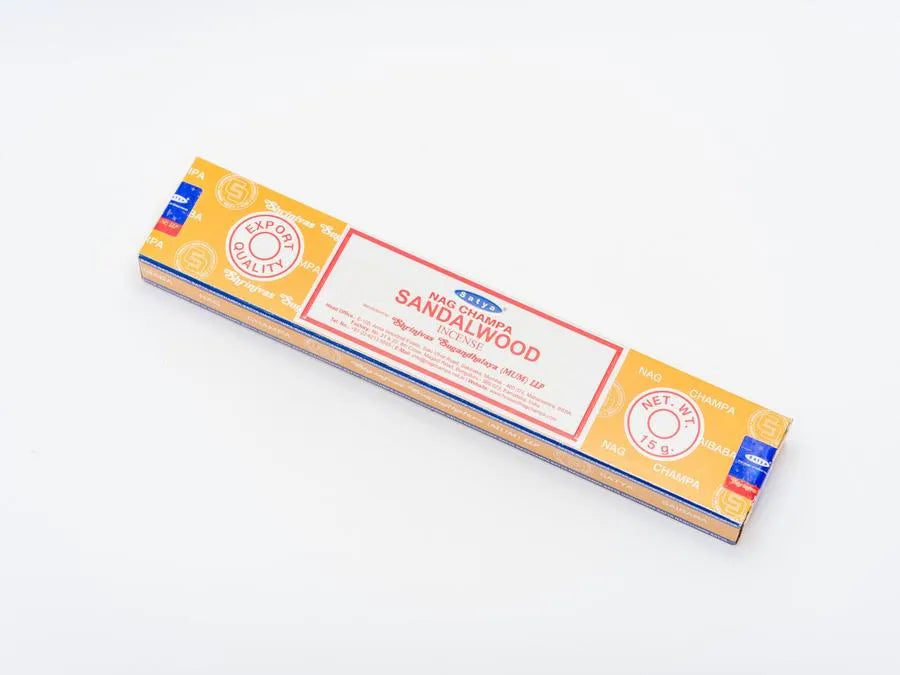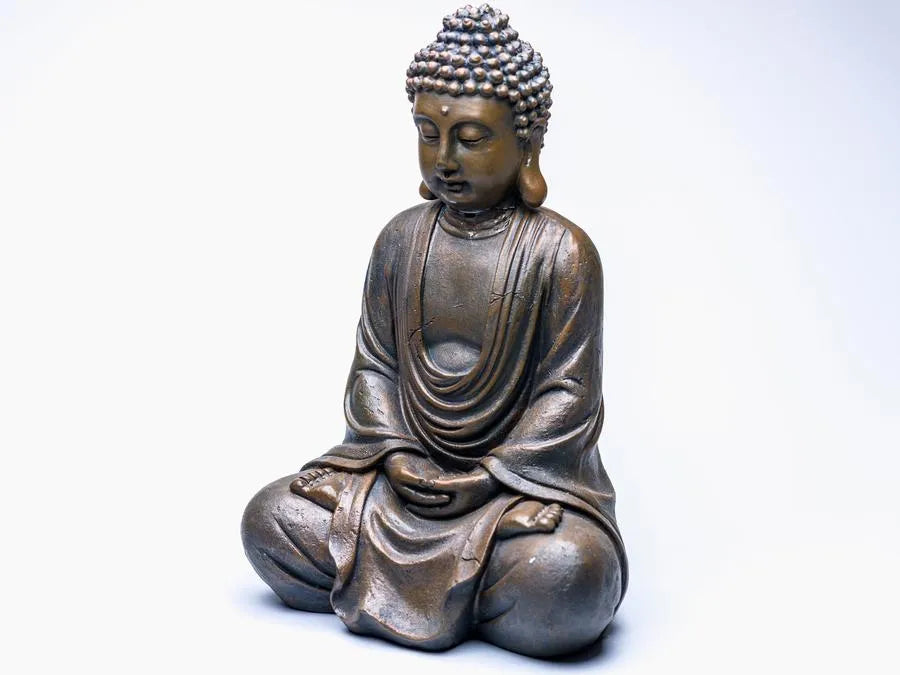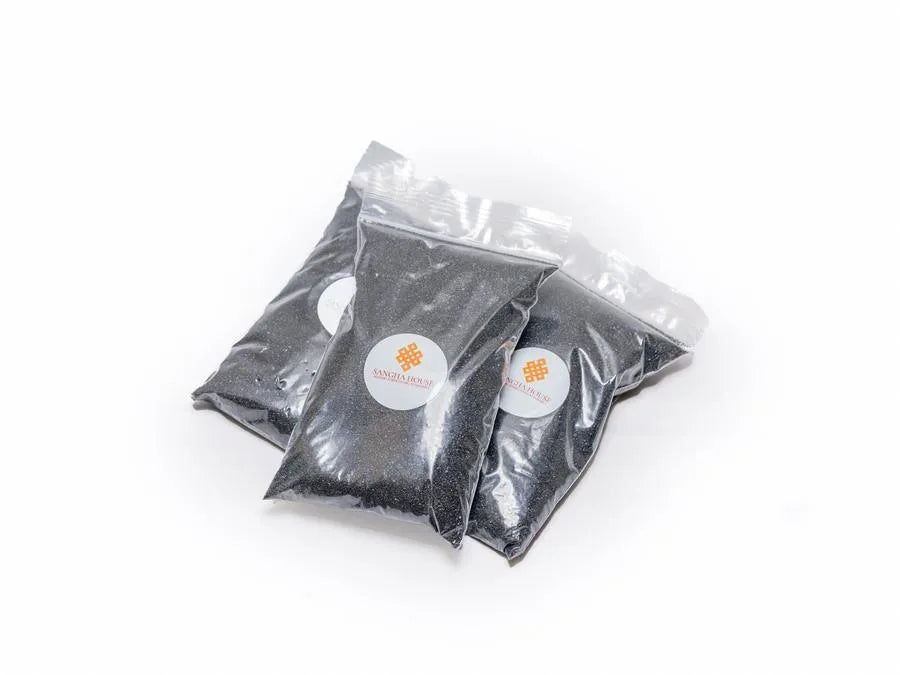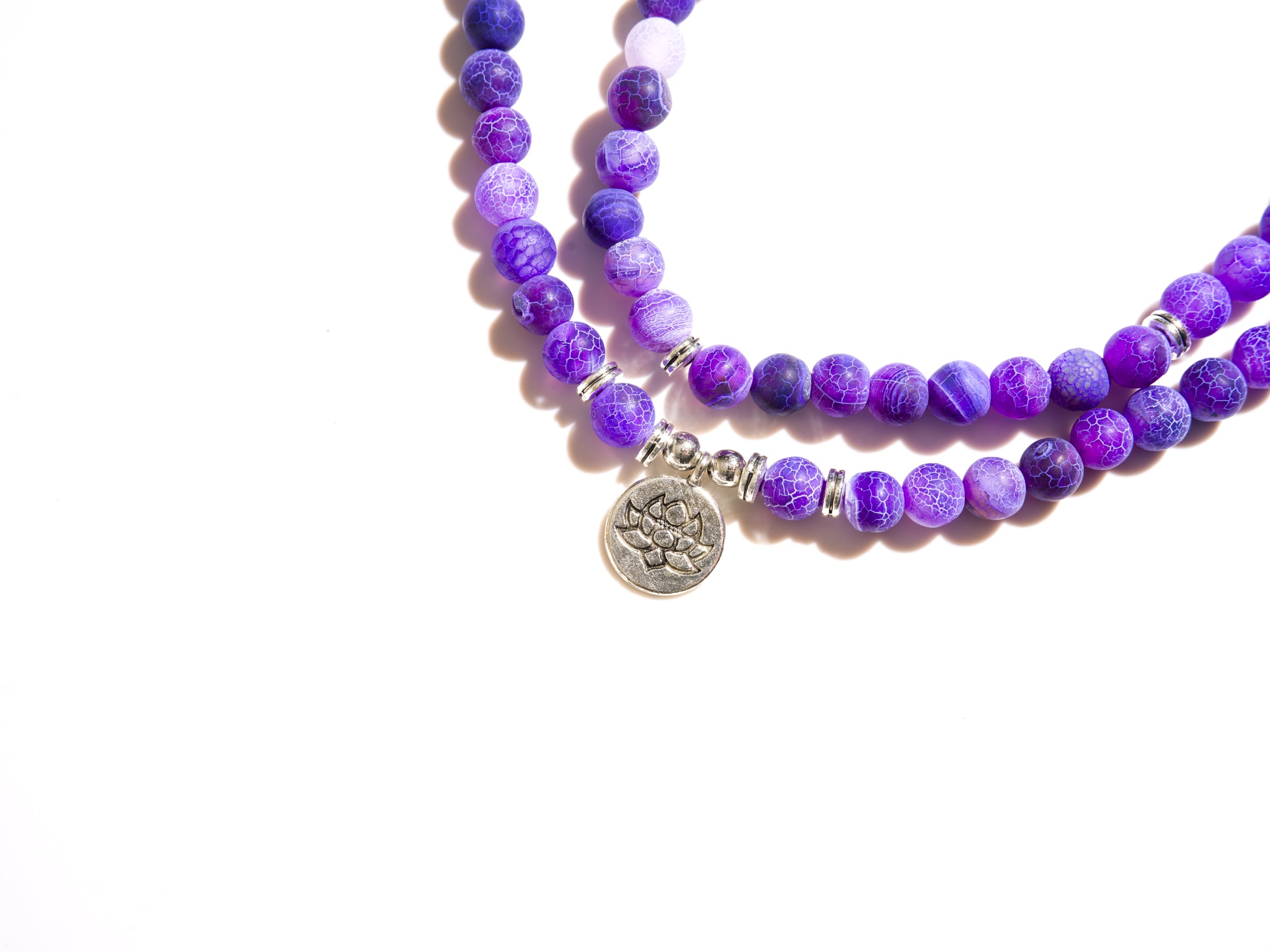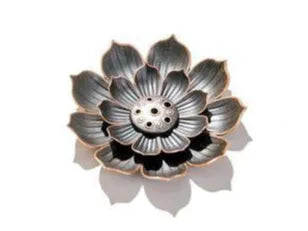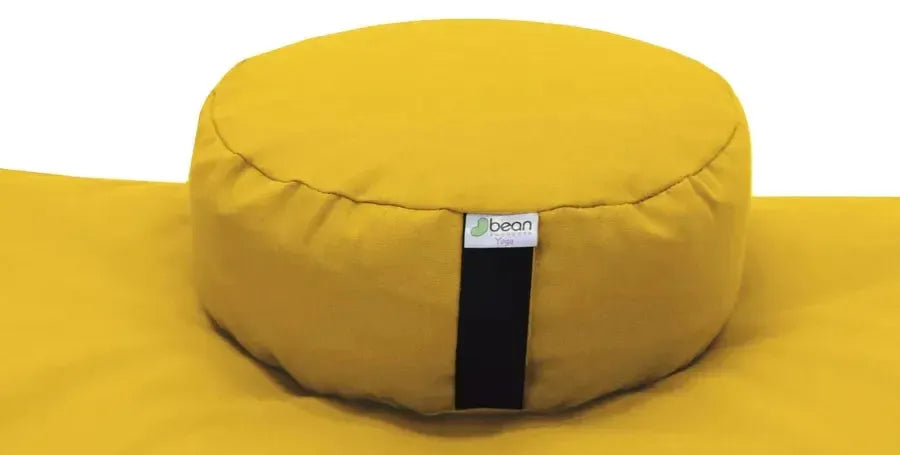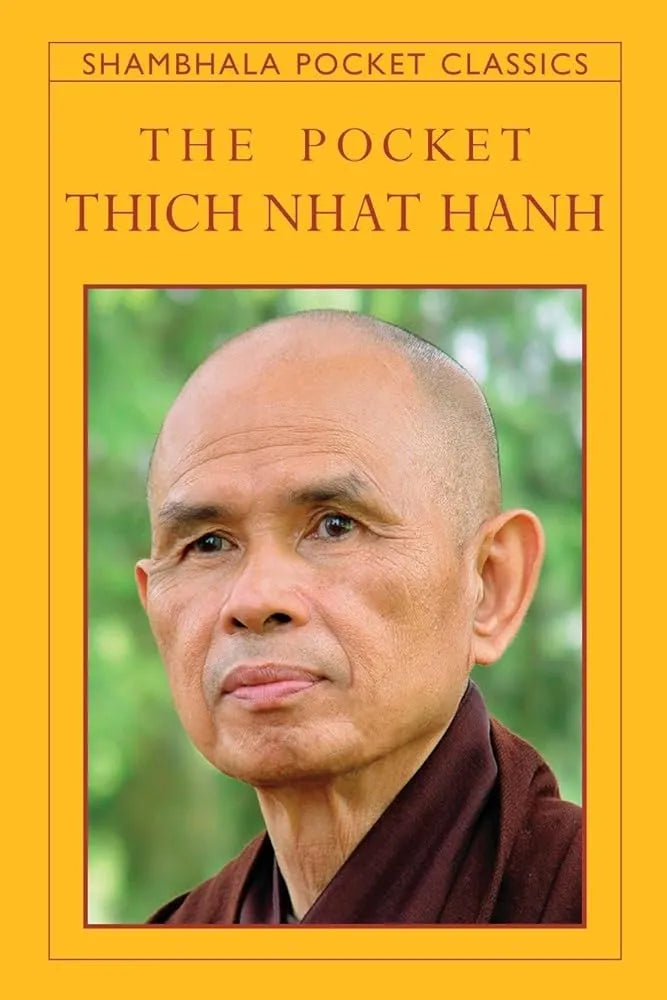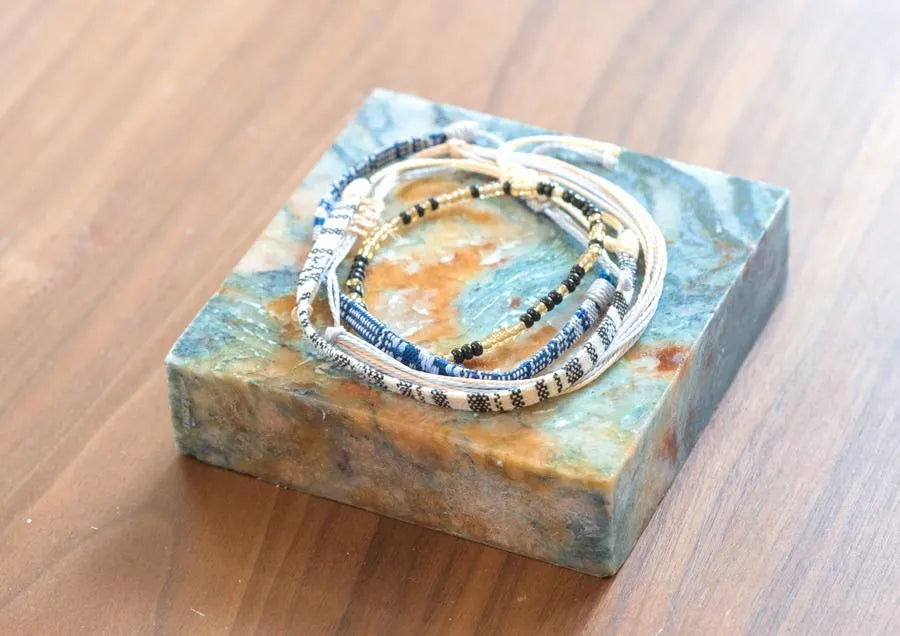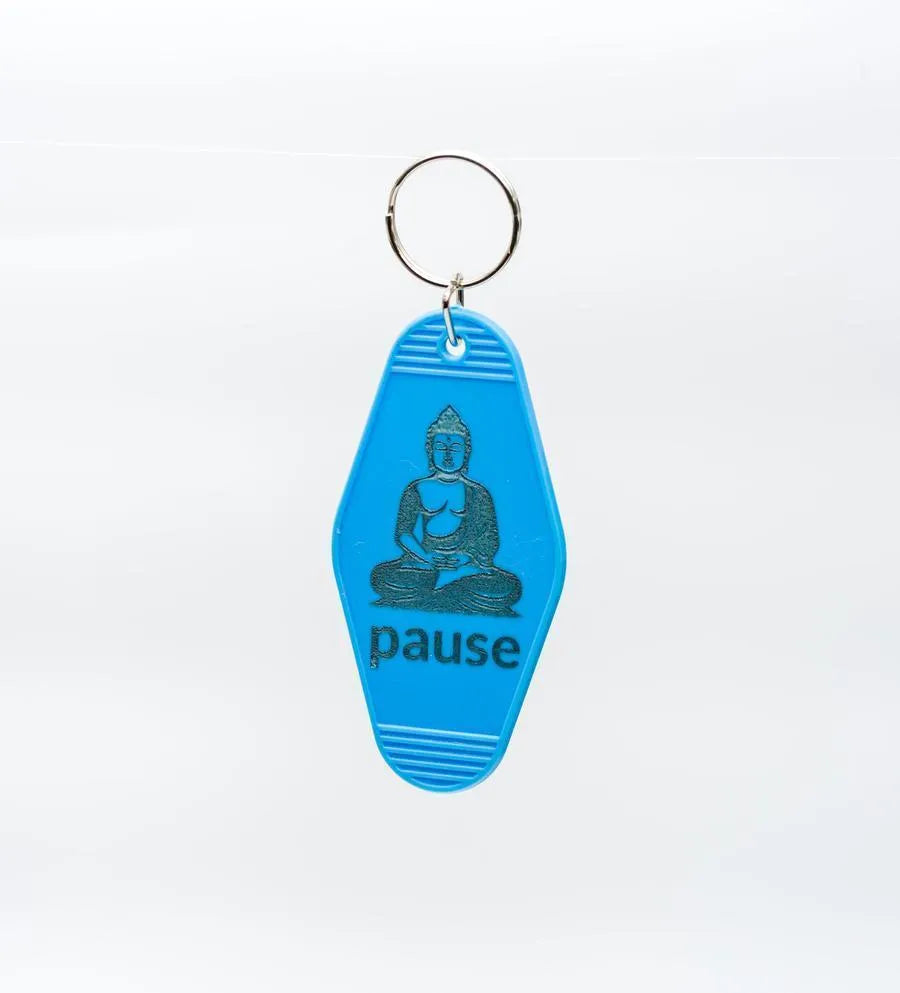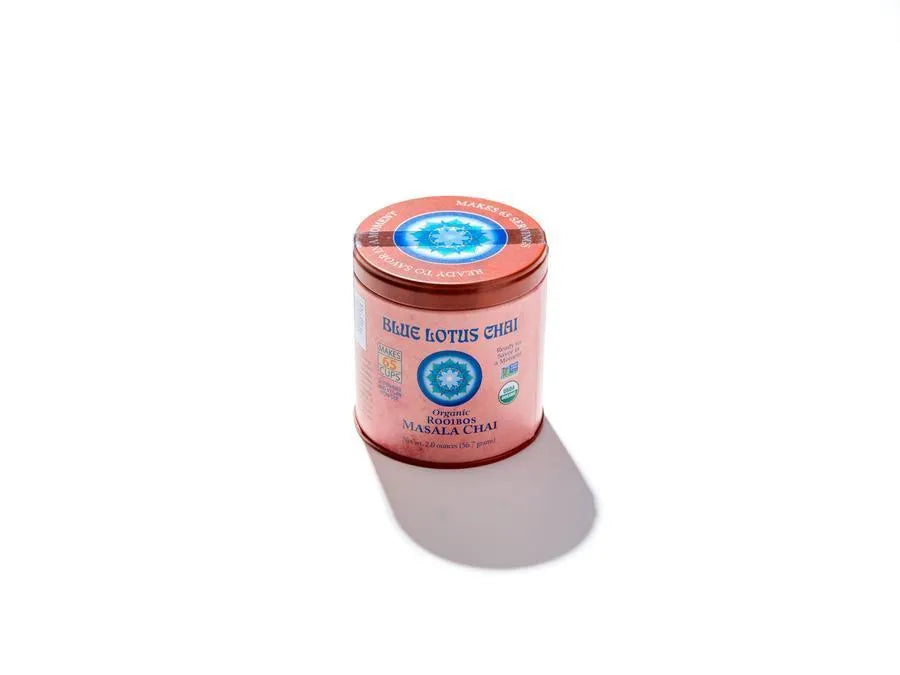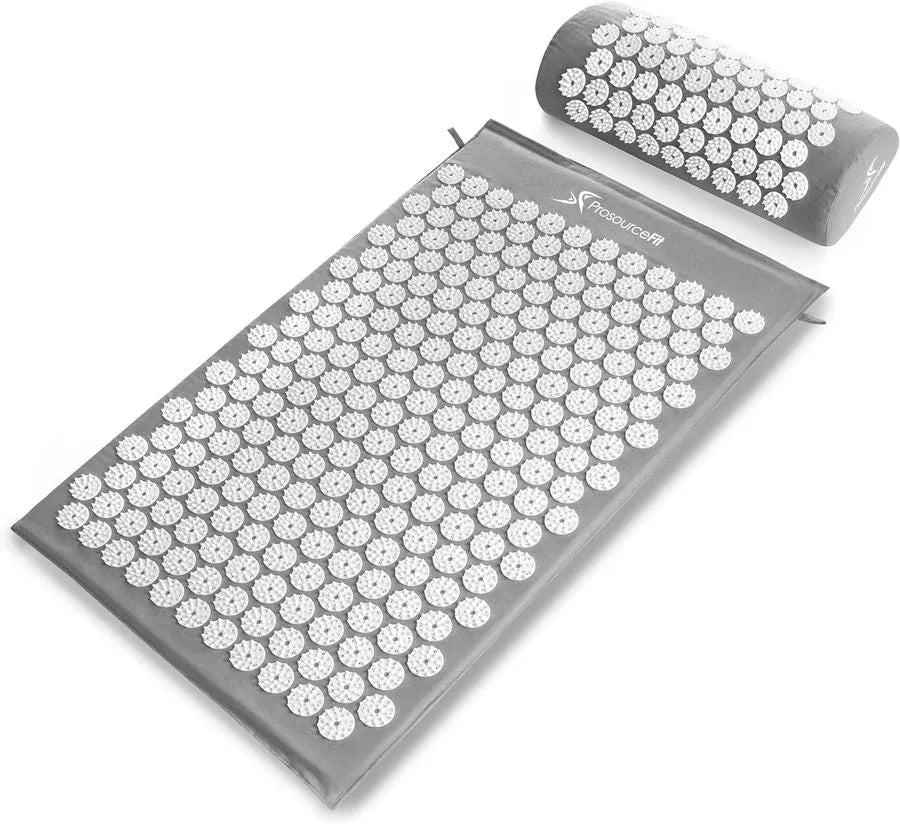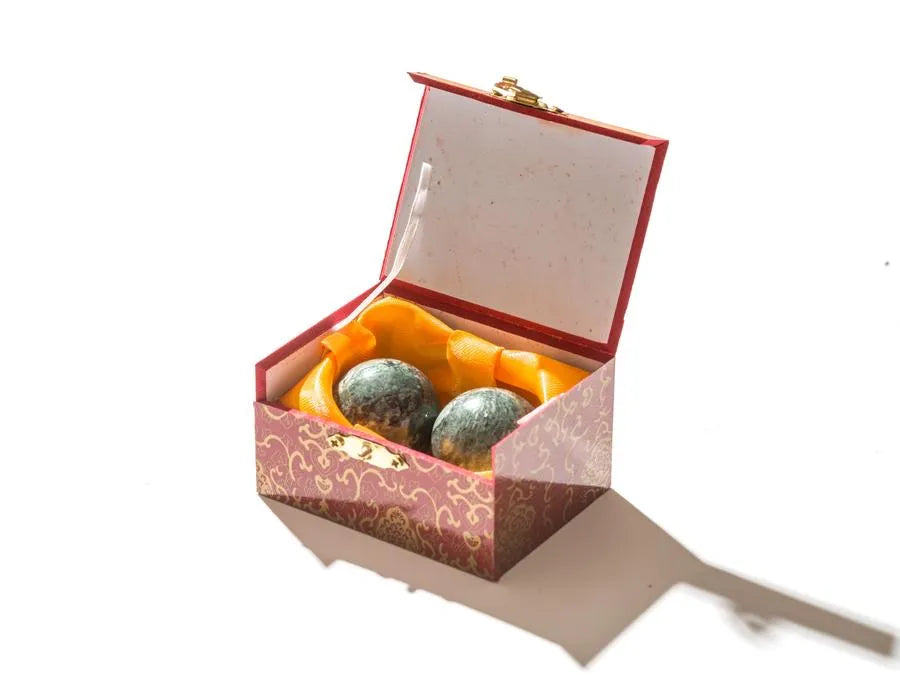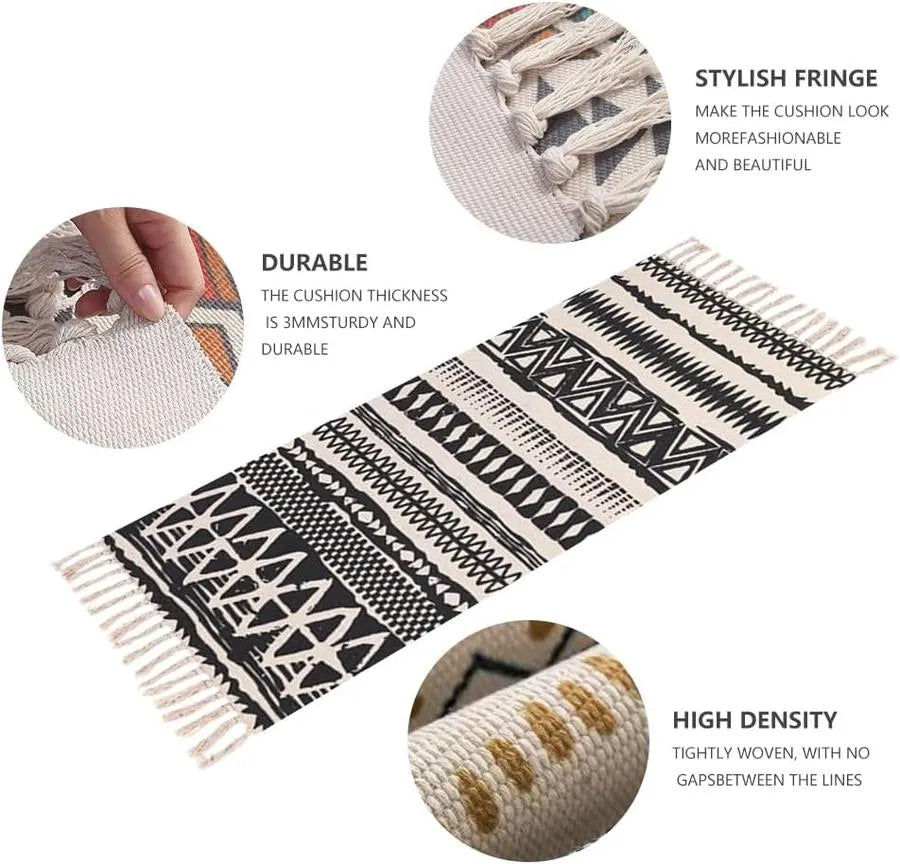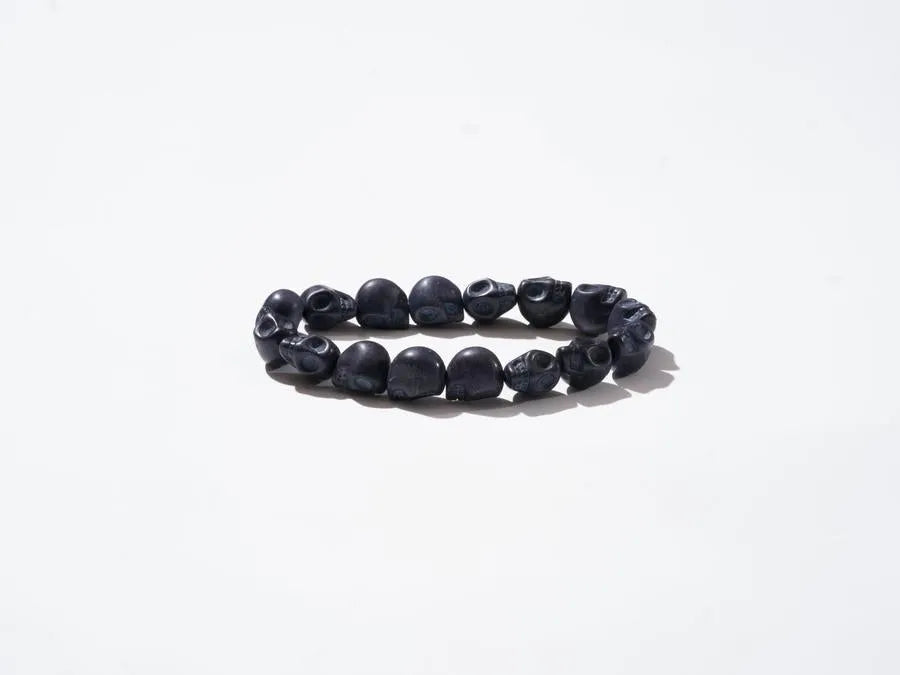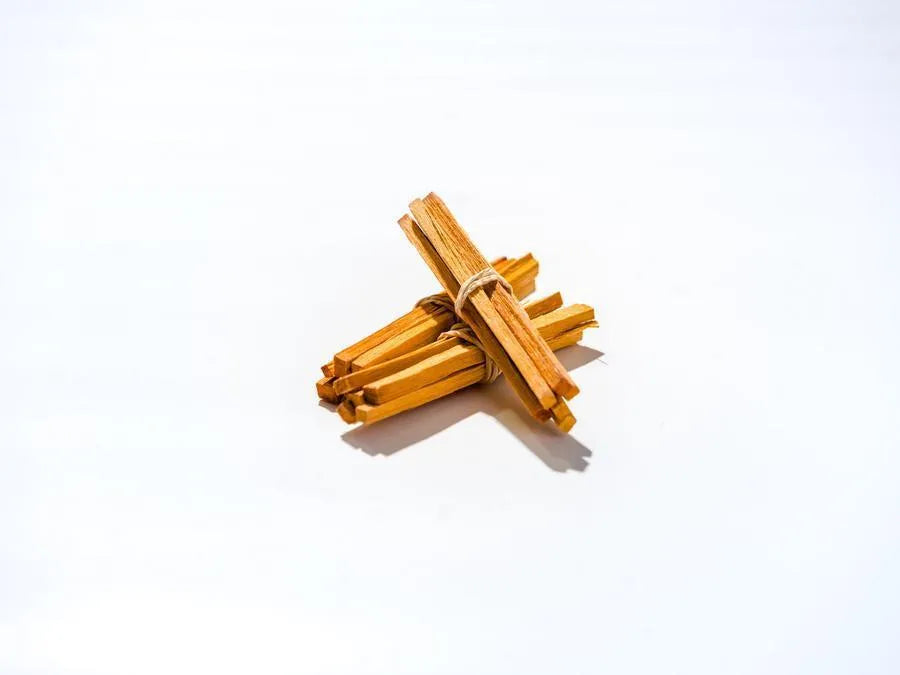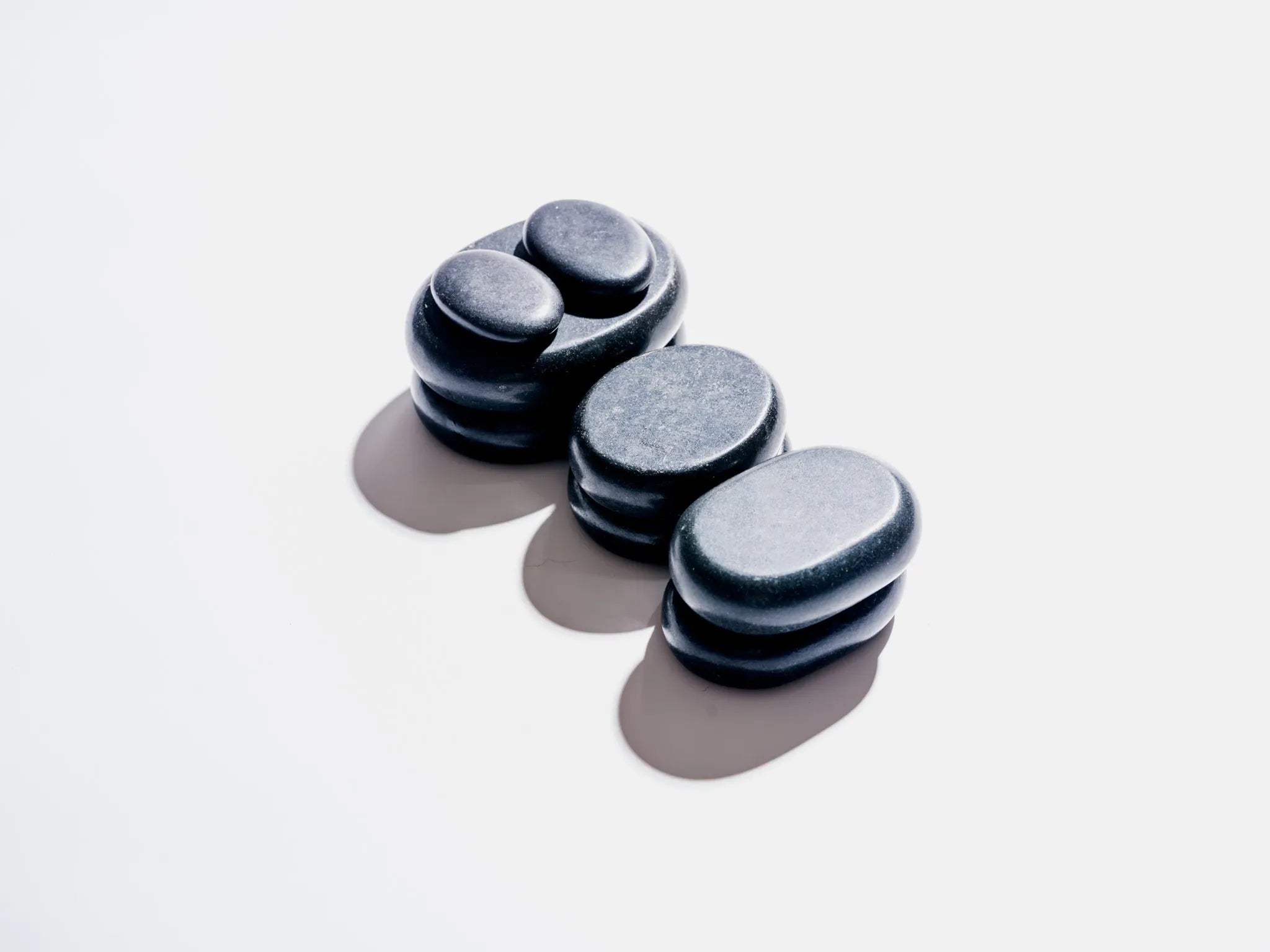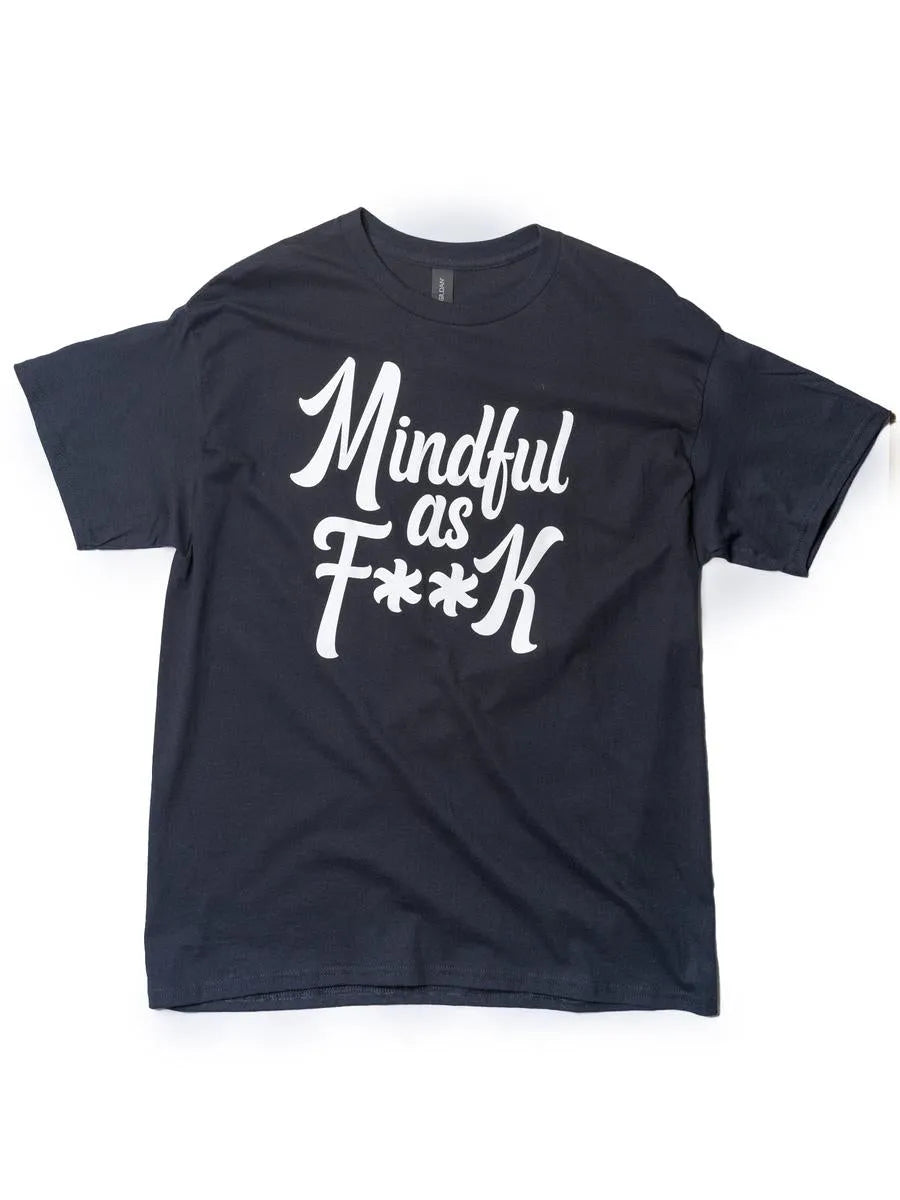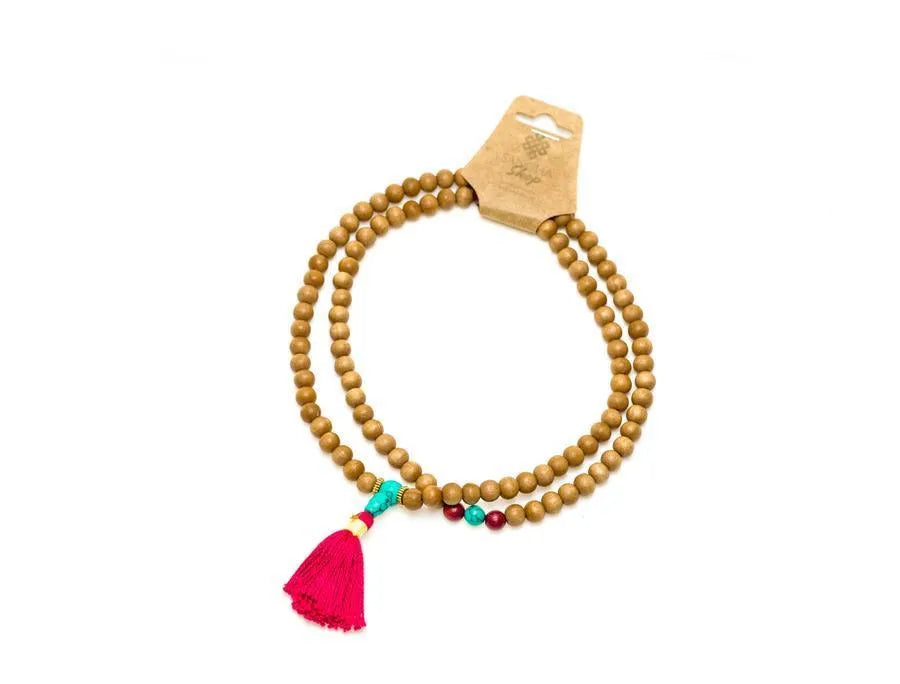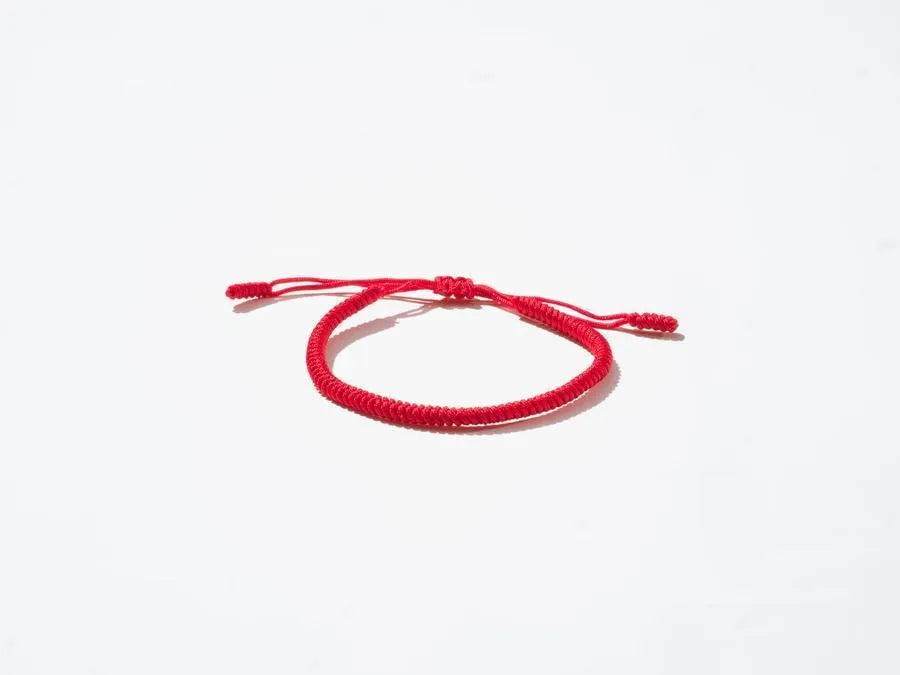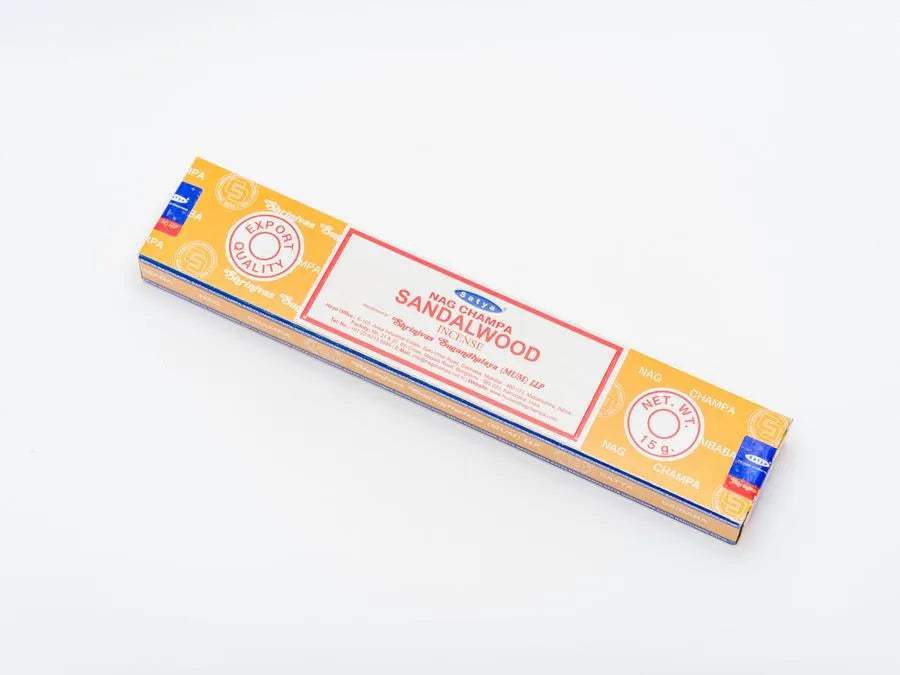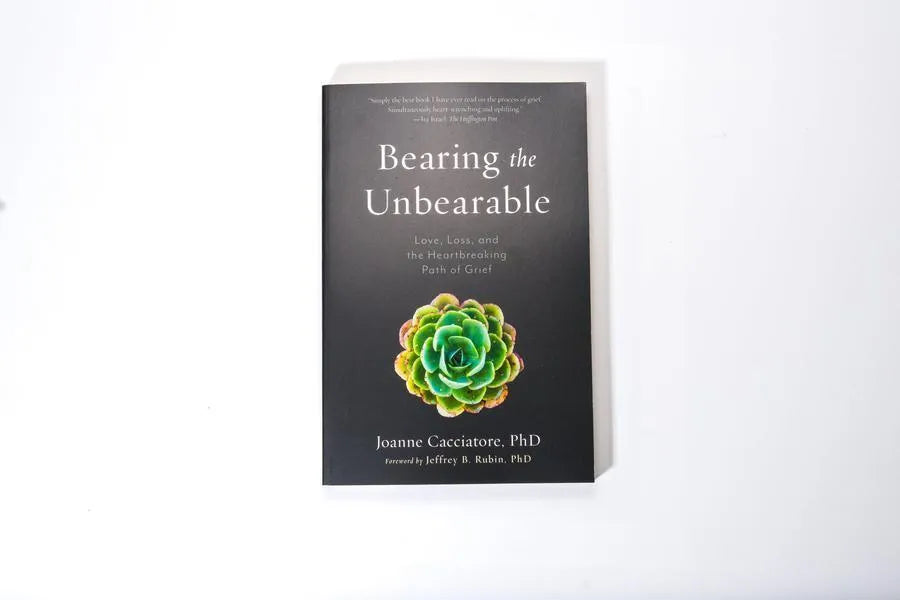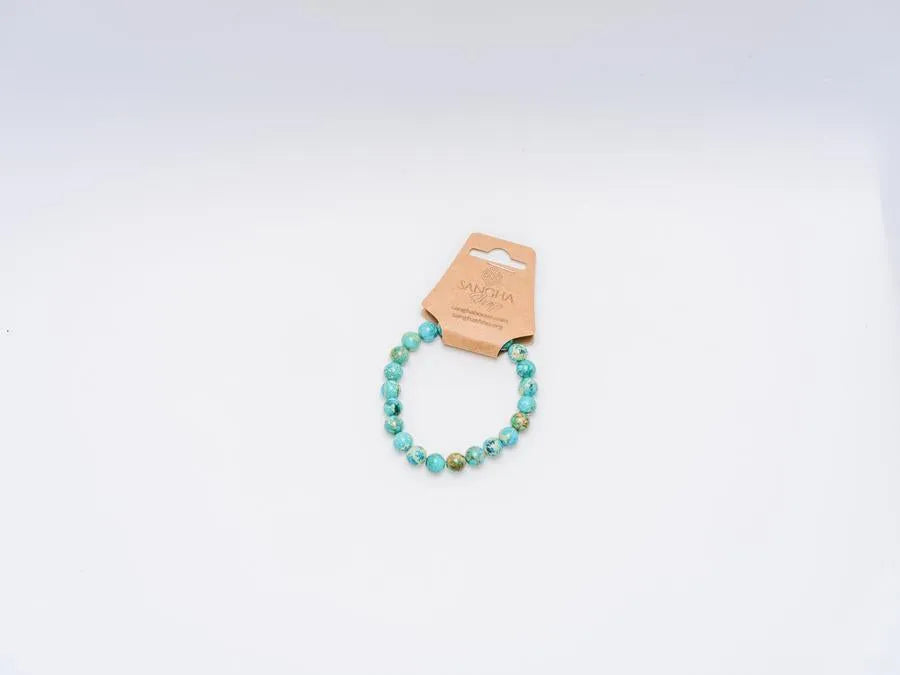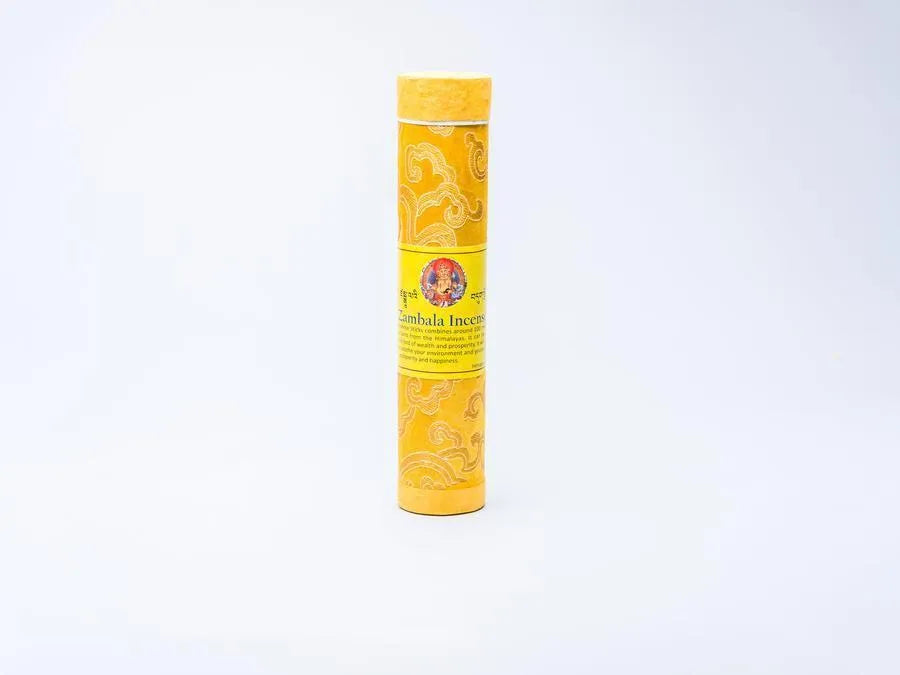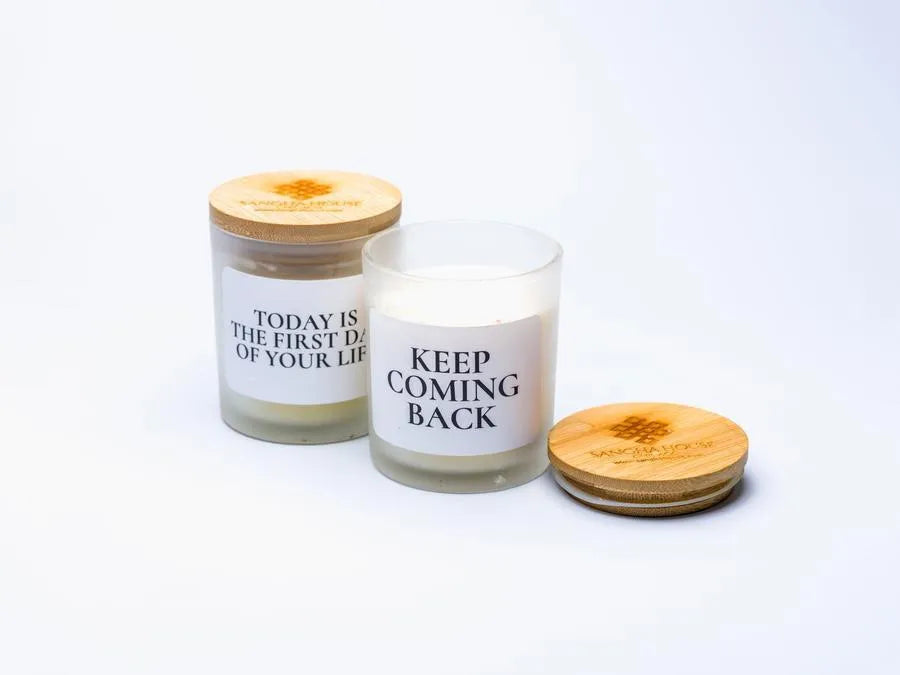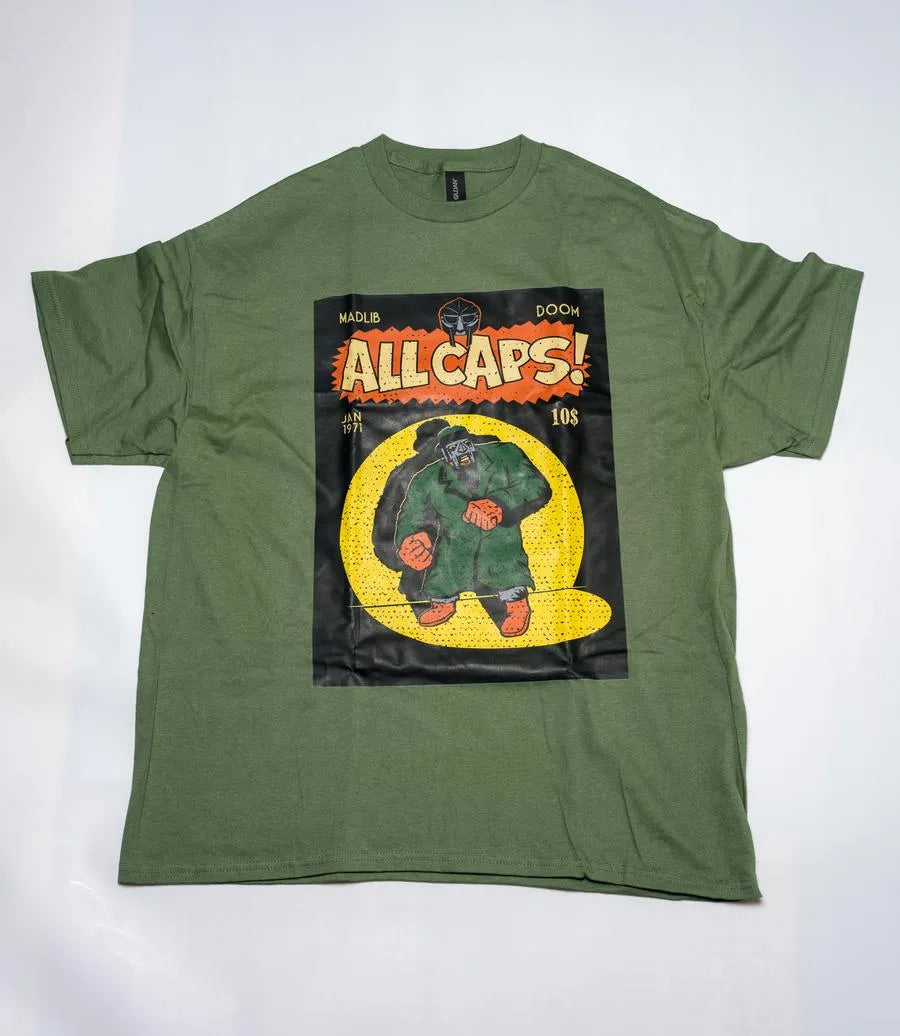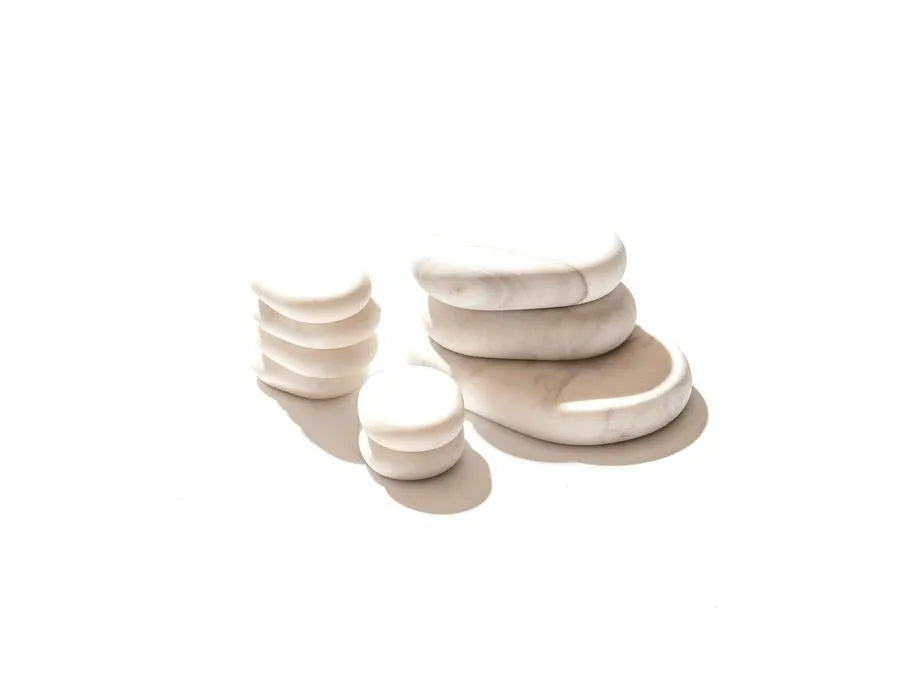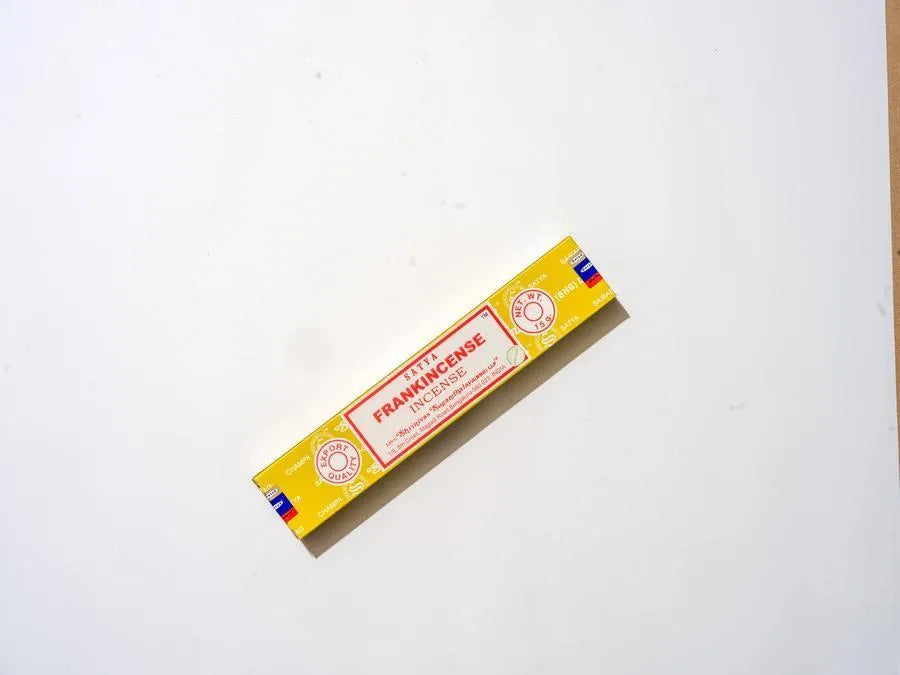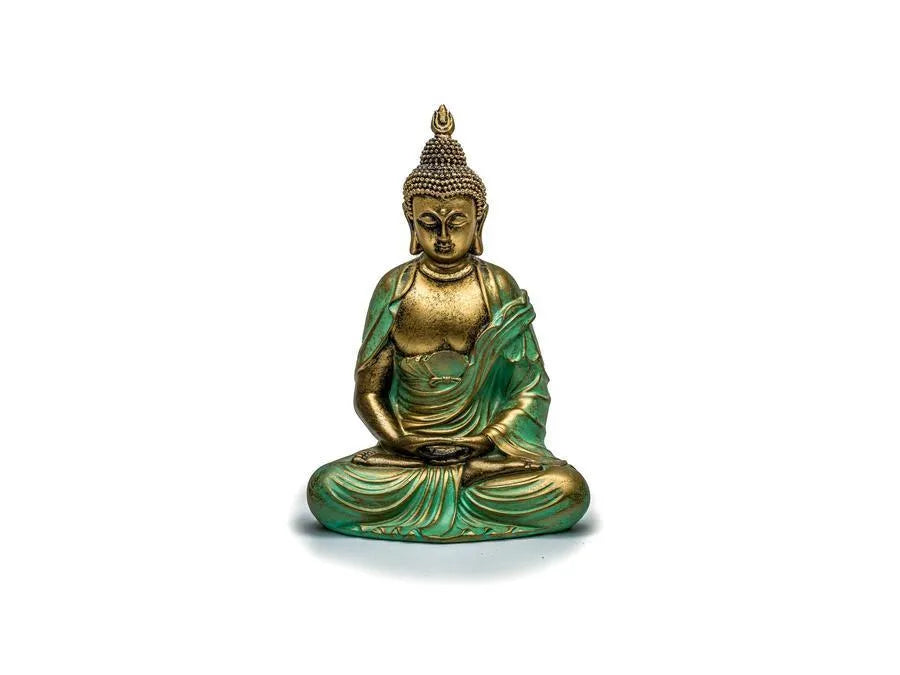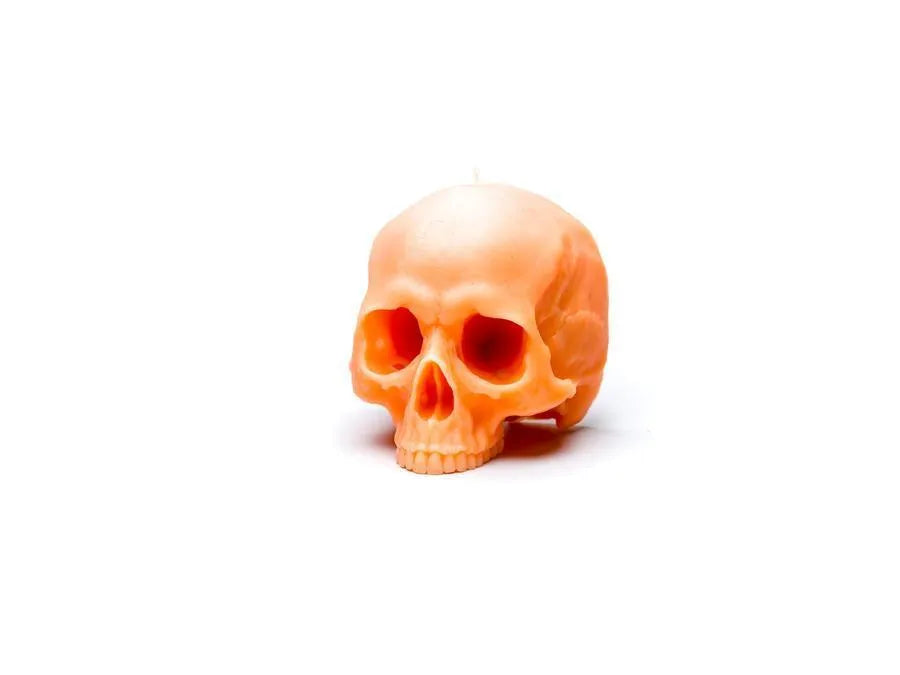The Mala as a Living Tool
Choosing a meditation mala is less about shopping and more about listening. When you hold one in your hands — whether it’s carved from sandalwood, strung with gemstones, or made from simple seeds — you’re really asking, Does this carry the energy I want to cultivate?
Mala beads have been used for thousands of years to anchor the mind, recite mantras, and measure breath. They are tactile reminders of presence, but they’re also alive in a subtle way. Each material — stone, seed, or wood — carries a vibration, a story, a kind of silent teaching.
That’s why choosing your buddhist mala beads is such a personal experience. The right mala feels like a companion on your journey — one that steadies you when you sit down to practice, and keeps your heart open when you’re out in the world.
Seeds of Awakening: Traditional Malas
The earliest buddhist prayer beads were made from natural seeds and woods. These materials remind us of simplicity, humility, and connection to nature.
🌱 Bodhi Seed Mala
The Bodhi tree is where the Buddha attained enlightenment, so malas made from its seeds are deeply symbolic. They represent wisdom, spiritual awakening, and patience. The texture of buddha beads made from Bodhi seed is organic, grounding — perfect for daily meditation.
🌰 Rudraksha Seed Mala
Used widely in both Hindu and Buddhist practice, rudraksha seeds are believed to carry protective energy. Their rough, textured surface can help awaken focus during long mantras. Wearing a mala bracelet of rudraksha seeds is thought to calm the nervous system and support clarity.
🌳 Sandalwood & Rosewood Malas
Sandalwood beads have a subtle, comforting scent that naturally soothes the mind. In many monasteries, monks use sandalwood mala beads for meditation to cultivate compassion and tranquility.
Rosewood, on the other hand, carries a soft yet strong energy — ideal for those working with emotional healing or heart-centered practice.
Stones that Speak: Crystal and Gem Malas
Gemstone malas bring a different quality to practice — more luminous, more intentional. Each stone resonates with certain mental or emotional qualities, helping guide your practice in specific ways.
Here are a few beloved types of buddhist mala beads and what they’re said to support:
💎 Amethyst Mala
Amethyst is known as a stone of peace, clarity, and spiritual insight. It’s a favorite for practitioners who want to calm mental restlessness and deepen concentration.
🌕 Moonstone Mala
Associated with intuition and feminine energy, moonstone malas invite gentleness and balance. They remind us that wisdom often arises through reflection rather than striving.
💙 Lapis Lazuli Mala
Lapis — a deep, celestial blue — has been used for millennia in sacred art and adornment. A buddha beads bracelet of lapis connects to truth, integrity, and self-knowledge. It’s often chosen by those exploring the nature of mind.
❤️ Rose Quartz Mala
Known as the stone of unconditional love, rose quartz supports compassion — both for others and for yourself. It’s a beautiful choice for mala beads buddhism practices focused on the Bodhisattva ideal or the loving-kindness meditations (Metta).
🖤 Onyx or Lava Stone Mala
If you crave grounding, these darker stones stabilize your energy. They’re excellent for those dealing with anxiety or transitions. Some even use lava stone malas with essential oils, allowing scent to complement stillness.
Matching Energy to Intention
A mala is not magic; it’s a mirror. What you bring to it becomes its energy. Still, intention matters.
Ask yourself:
-
What quality do I want to strengthen?
-
What part of me needs healing or calm?
-
What am I dedicating this practice toward?
If you want to cultivate focus, you might choose a rudraksha or onyx mala. For compassion, rose quartz or sandalwood. For spiritual clarity, amethyst or lapis lazuli.
And if you’re not sure? Let your intuition guide you. Often the meditation beads that catch your eye are the ones your heart already recognizes.
Full Malas and Wrist Malas
There are many ways to wear and use your mala.
A traditional mala has 108 beads, used for longer meditation or mantra sessions. A mala bracelet, on the other hand, often has 18, 21, or 27 beads — one-quarter of a full mala cycle.
Some practitioners keep a full-length mala for their altar and a wrist mala for daily wear. The buddhist prayer mala helps you enter deep practice; the bracelet reminds you to stay there, even off the cushion.
Each serves the same purpose — to make mindfulness tangible.
Caring for Your Mala
Like any sacred object, a mala benefits from mindful care.
-
Cleanse it regularly. You can use moonlight, incense, or simply breath and intention.
-
Avoid letting it touch the ground. Treat it with reverence, as you would a sacred text.
-
Store it in a soft cloth or pouch. When not wearing your buddhist mala, place it somewhere respectful — not tossed in a drawer.
-
Re-string when needed. If your mala breaks, it’s often seen as a positive sign — a completion of one cycle of karma or practice.
Each act of care deepens your relationship with the object — and with the practice itself.
Where to Find the Right Mala
If you’re searching online or browsing malas near me, look for pieces that are handmade, fairly sourced, and created with mindful attention.
At Sangha Shop, every strand of buddhist mala beads is crafted by hand — often by residents and volunteers at Sangha House. Each mala supports not just the individual who wears it, but the community programs that help others heal through meditation and mindfulness.
So when you purchase a buddha beads bracelet or full mala from Sangha Shop, you’re participating in something larger: turning practice into compassion in action.
The Real Meaning of a Mala
A mala is not about belief; it’s about relationship. Between your fingers, your breath, and your heart. Between the human and the sacred. Between what you repeat and what you become.
Whether it’s made of wood or crystal, seed or stone, your mala is an invitation — to slow down, to recite, to remember.
Every time you turn a bead, you turn your attention toward what truly matters.
That’s the quiet power of mala beads for meditation — simple, beautiful, endlessly returning you to the present moment.

